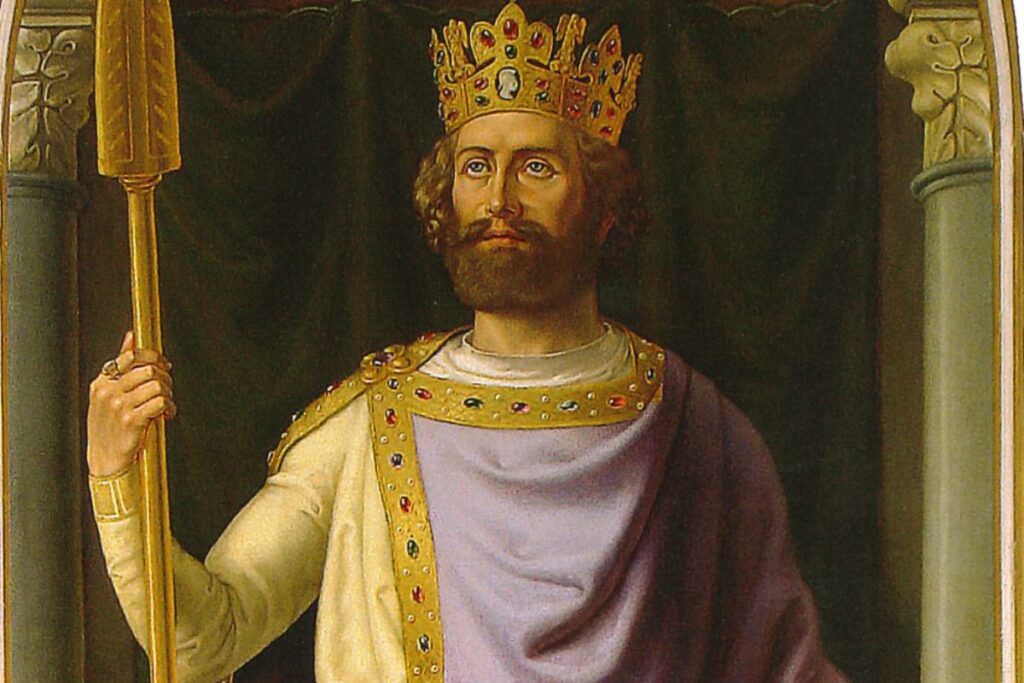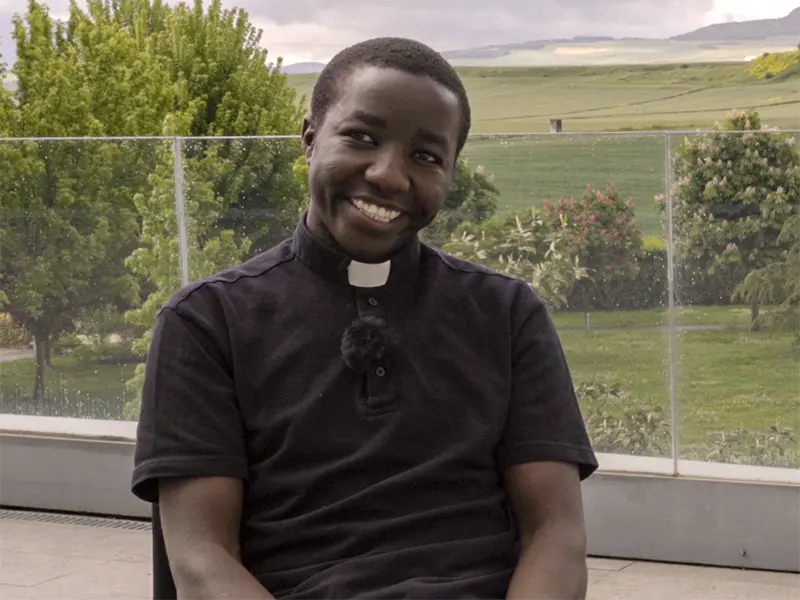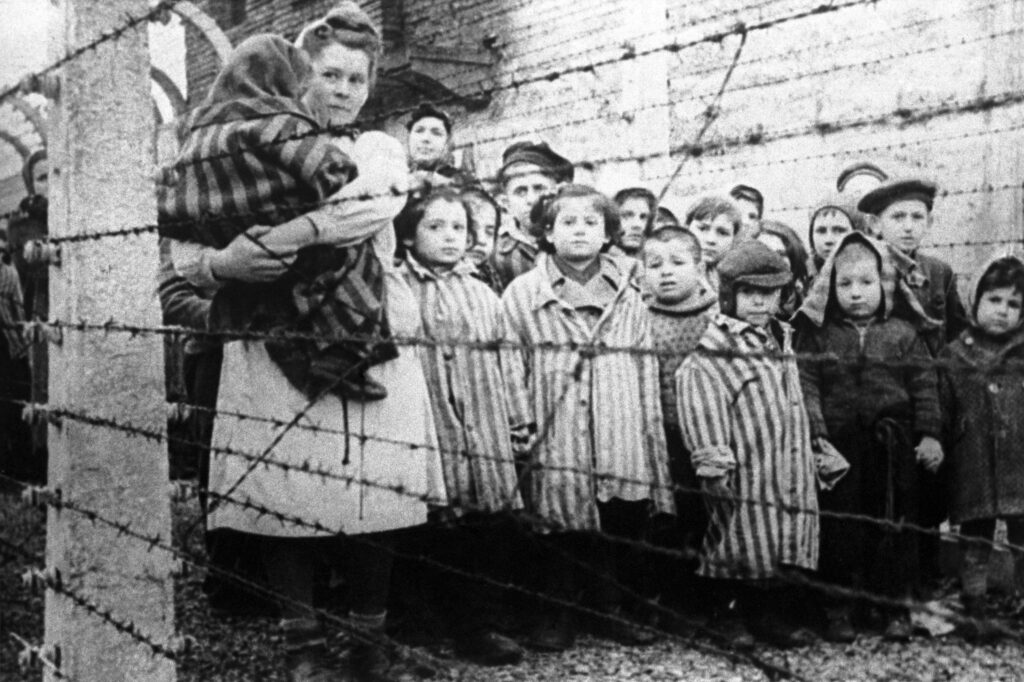Saint Henry II, July 13
Emperor

His life cannot be fully understood without the strong Christian training received from his early childhood. Son of the Duke of Bavaria, Henry was born in Bamberg in 973 and grew up in a deeply Christian environment. He was educated by the canons of Hildesheim and later in Regensburg, by Bishop Saint Wolfgang. He succeeded his father and then his cousin Otto III, becoming king of Germany in 1002 and, two years later, also of Italy, while his brother Bruno renounced court life to become bishop of Augusta; one of his sisters becomes a nun while the other marries the man who will become Saint Stephen of Hungary. In 1014, Pope Benedict VIII consecrates Henry, Emperor of the Holy Roman Empire.
The emperor linked to Cluny
His contribution to the moral reform that arose from the Abbey of Cluny is important. A reform that did not only involve monastic life, but affected the entire Church, helping it to combat simony, that is, the acquisition of ecclesiastical positions for remuneration and to once again give centrality to the celibacy of priests. Among Henry II’s advisors was precisely Saint Odilón, abbot of Cluny, whose reform the monarch supported. In 1022, Henry presides together with the Pontiff at the Council of Pavia, which issued 7 canons against the concubinage of priests and in defense of the integrity of ecclesiastical heritage. He also restores bishoprics, founds the diocese of Bamberg and has the cathedral built where he, together with his wife, is buried. His interest in liturgical-ecclesial aspects is also perceived in the requests to introduce the recitation of the Creed in Sunday Mass.
Political elections
Henry is also ruler of decisive choices. First, he reinforces the inner kingdom by fighting various rebel lords. He later allies himself with the pagan Slavic tribes to fight against Duke Bolesław who was aiming for the Polish throne, but in the end, he must recognize Poland’s independence. A fact that earns him various criticisms for having allied himself with non-Christian populations. He heads to Italy to defeat Arduino of Ivrea, whom the Italian lords had chosen as king, and to fight the Byzantines in Apulia.
Love for Saint Cunegonde
One of the most impactful aspects of his life was his deep union with his wife, Saint Cunegonde. They were unable to have children. Some thought that it was due to a choice of chastity of the spouses, others, however, consider that the cause was sterility, as the contemporary Rodolfo Glabro, one of the greatest chroniclers of the Middle Ages, wrote. Unlike what often happened in the Early Middle Ages in similar cases, Henry refused to repudiate Cunegonde, making a choice that contributed to his reputation for sanctity and that probably also had its origin in the behavior of his predecessors: the Othos always observed strict monogamy, they did not have illegitimate children, nor did they repudiate. A choice that testifies, without a doubt, a deep respect for the Sacrament of marriage and love for his wife. Henry II was canonized in 1146 by Pope Eugene III.
Related

“Being Catholic in Tanzania is a source of pride”
Fundación CARF
16 April, 2025
6 min

The Vatican Suppresses the Sodalitium of Christian Life After a Long Discernment Process
Exaudi Staff
15 April, 2025
1 min

From Kahlenberg to the Papal Cross – Polish Night Way of the Cross in Vienna
Heschel Centre for Catholic-Jewish Relations at the Catholic University of Lublin
15 April, 2025
2 min

“I Will Never Be Herod for the Innocents”
Wlodzimierz Redzioch
14 April, 2025
6 min
 (EN)
(EN)
 (ES)
(ES)
 (IT)
(IT)

